Contents
Guide
The Chessmaster Checklist
Andrew Soltis
Contents
Introduction
If I move my queen to d5, can it be captured? Beginners ask themselves questions like this. They learn the hard way. If they dont ask, they lose a lot of queens. But even strong players fail to ask.
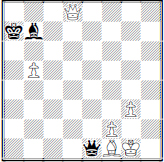 Daulyte Socko
Daulyte Socko Sochi 2015
White to move No, the diagram is not wrong 57 b6 is indeed mate. Yet White played
57 a5+??? and immediately resigned.
And this was a world championship event. Newcomers to chess are shocked by this. How can one of the worlds best players make the worst of blunders? But tournament veterans know how, from personal experience: You want to make a forcing move. You see the check on a5. You pick up the queen and put it there. You only see 57xa5! when your hand lets go of it.
Beginners learn to protect themselves, in a beginner way. They grab the piece they want to move and place it on the desired square. They know the touch-move rule so they hold it there, often with one finger, until they have scouted the rest of the board to see if the piece can be captured. Its a clumsy procedure. But even grandmasters have used it badly.  Morozevich Svetushkin European Team Championship 2011 Black to move Whites only real winning chance lies in capturing the b3-pawn and then outplaying Black in a drawable ++-vs.- + ending.
Morozevich Svetushkin European Team Championship 2011 Black to move Whites only real winning chance lies in capturing the b3-pawn and then outplaying Black in a drawable ++-vs.- + ending.
Of course, he might also win if Black blunders horribly. But Black was not only a grandmaster but an experienced teacher of young players. He taught them the paramount value of rechecking the move you want to play before you make it on the board. He picked up his rook, placed it on a new square and held it there. He looked about the board and then let go of the rook, 76g2??.
Chess Adolescence
When you were a beginner you learned to do a lot of things.
Chess Adolescence
When you were a beginner you learned to do a lot of things.
You probably didnt realize it, but some were things you did subconsciously. When you decided on a move, you didnt think about how to make it on the board. You didnt ask yourself Should I slide the piece or pick it up? If I pick it up, should I use two fingers or three? Or all five? No, moving a piece had become as natural as any everyday routine, like putting on your shoes. You learn more good routines in your chess adolescence. After your opponent moves, you wonder Does he threaten something? At first, you had to remind yourself to do that. But as you improve, you look for a threat without prompting.
You may do it instantly.  Nakamura Carlsen Internet 2020 White to move When Hikaru Nakamura played 30 b6, Magnus Carlsen didnt have to ask himself if there was a threat. He saw 31 xd8. But he did not stop there. He also spotted 31 f5!. He immediately replied 30xg5!.
Nakamura Carlsen Internet 2020 White to move When Hikaru Nakamura played 30 b6, Magnus Carlsen didnt have to ask himself if there was a threat. He saw 31 xd8. But he did not stop there. He also spotted 31 f5!. He immediately replied 30xg5!.
He was worse after 31 f5! g6! 32 xh3 xd3 33 xc8 xc8 but managed to draw. Carlsen knew to look for more than one threat. After all, he was once a chess adolescent, 20 years before.
Habit Building
You get better at chess by acquiring other good habits. You wont get
much better until you can perform those habits without thinking. For example, you will not only ask yourself What does his last move threaten? but also What does it allow me to do? You may ask specific questions such as Which of my pieces can I improve but also general questions such as What is his weakest point? and What is his goal in the next few moves? Masters are masters because they ask themselves these and other questions.
They form a checklist. In the heyday of postal chess, many correspondence players used an actual written list of dos and donts. Consulting it was their final step before they sent their next move off in the mail. But you cant comfortably play chess, over the board or on the Internet, by trying to remember these questions. It is awkward, wasteful and often just confusing. Instead, you should internalize these questions, to use a fancy word: 1 What Does He Threaten? 2 What Are The Tactical Ideas? 3 What Is Wrong With His Move? 4 What Is The Principled Move? 5 What Is His Weakest Point? 6 What Does He Want? 7 How Can I Improve My Pieces? 8 Will My Position Get Better? 9 Is There A Better Move? 10 How Can My Move Be A Blunder? Asking these questions should become effortless and automatic.
It should be as comfortable as well, putting on your shoes.
Chapter One:
What Does He Threaten?
This is one of the first questions players learn to ask themselves and one of the first they forget. Even grandmasters forget it. They forget because they are busy asking other questions.
 Karjakin Anton Guijarro
Karjakin Anton Guijarro Internet 2020
White to move White understood that Blacks best chance for survival lay in perpetual check (46 g4 e2+ 47 g3 e1+). He met that threat with
46 e3 so that 46e2+ 47 f2.
This defeats all of Blacks possible moves except for the winning 46h3+!. It was Blacks second and stronger threat. White is either mated (47 f2 f1 mate and 47 h2 f1) or loses his queen (47 xh3 h1+ 48 g4 h5+ 49 f4 g5+ and xf7). Sergey Karjakin, who had played a world championship match four years before, was the victim in that game. He was the beneficiary in this one:  Wei Yi Karjakin Internet 2020 Black to move White threatens xc6+. He would win after 38xc5?? 39 xc6+.
Wei Yi Karjakin Internet 2020 Black to move White threatens xc6+. He would win after 38xc5?? 39 xc6+.
He also planned to meet 38d5 with 39 d7+!. Then he would be winning after 39e6?? 40 xd3 or 39c4 40 d4+! and xh4. So, when Karjakin moved 38f5, White didnt have to ask Why? He had figured out that it was the only safe Black move. White replied 39 f7+. His idea was to meet 39e5 with 40 h7 and xh4. Karjakin chose 39g6 and the position was repeated after 40 c7! f5. 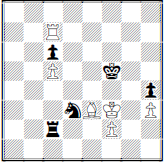 White to move Of course, White can continue 41 f7+.
White to move Of course, White can continue 41 f7+.
But even with only seconds left he wanted more than a draw by repetition. He was careful enough to look for a trap. He spotted one: 41 xc6 would lose to 41e5+. He set his own trap with 41 h7. Then 41xc5? would lose a piece to 42 h5+.
Wrong Question
In your chess adolescence you asked What is his threat? after your opponent moved.
Wrong Question

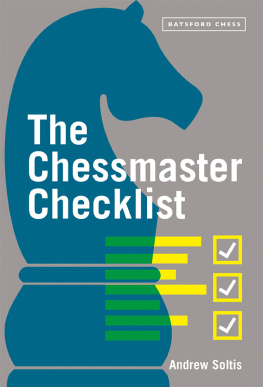
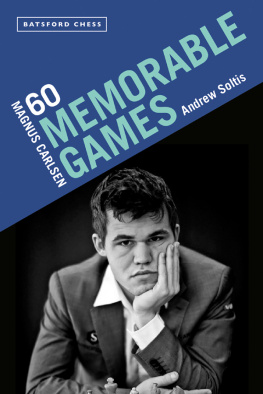
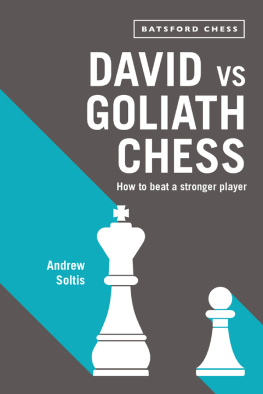
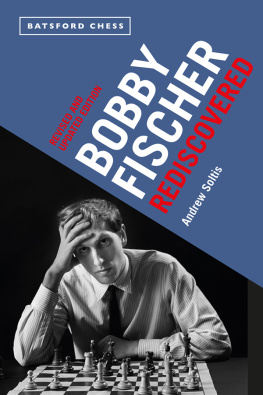
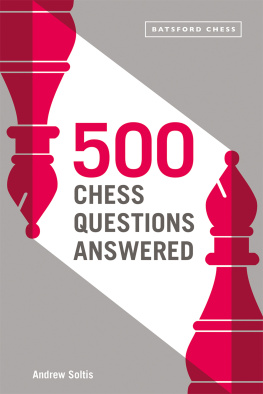
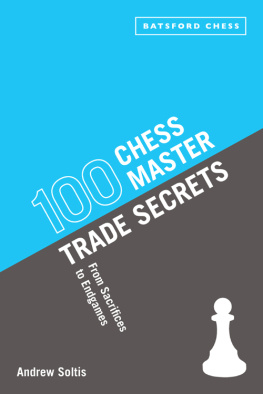
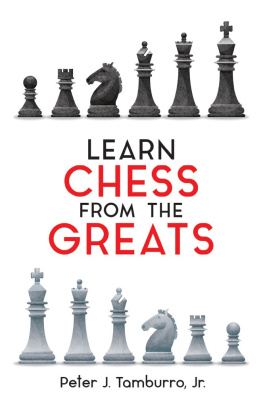
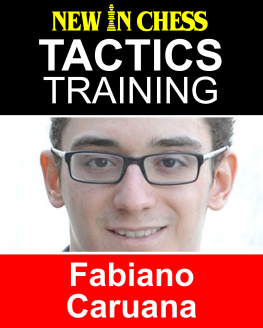
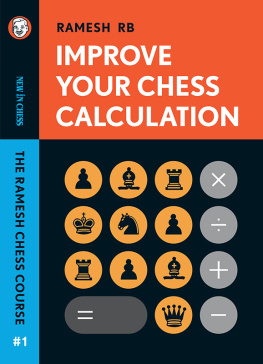
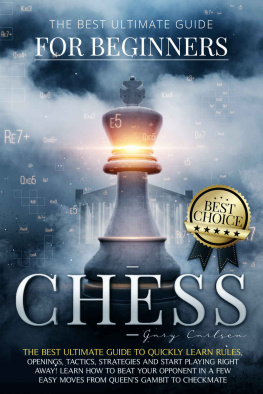
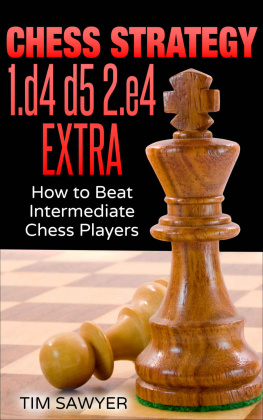
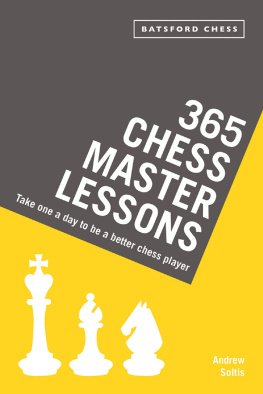
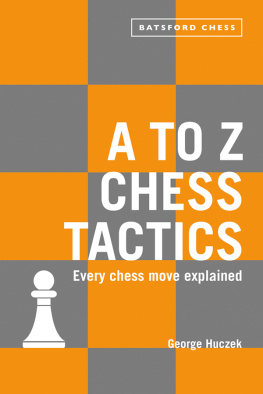


 Daulyte Socko Sochi 2015 White to move No, the diagram is not wrong 57 b6 is indeed mate. Yet White played 57 a5+??? and immediately resigned.
Daulyte Socko Sochi 2015 White to move No, the diagram is not wrong 57 b6 is indeed mate. Yet White played 57 a5+??? and immediately resigned.  Morozevich Svetushkin European Team Championship 2011 Black to move Whites only real winning chance lies in capturing the b3-pawn and then outplaying Black in a drawable ++-vs.- + ending.
Morozevich Svetushkin European Team Championship 2011 Black to move Whites only real winning chance lies in capturing the b3-pawn and then outplaying Black in a drawable ++-vs.- + ending. Nakamura Carlsen Internet 2020 White to move When Hikaru Nakamura played 30 b6, Magnus Carlsen didnt have to ask himself if there was a threat. He saw 31 xd8. But he did not stop there. He also spotted 31 f5!. He immediately replied 30xg5!.
Nakamura Carlsen Internet 2020 White to move When Hikaru Nakamura played 30 b6, Magnus Carlsen didnt have to ask himself if there was a threat. He saw 31 xd8. But he did not stop there. He also spotted 31 f5!. He immediately replied 30xg5!. Karjakin Anton Guijarro Internet 2020 White to move White understood that Blacks best chance for survival lay in perpetual check (46 g4 e2+ 47 g3 e1+). He met that threat with 46 e3 so that 46e2+ 47 f2.
Karjakin Anton Guijarro Internet 2020 White to move White understood that Blacks best chance for survival lay in perpetual check (46 g4 e2+ 47 g3 e1+). He met that threat with 46 e3 so that 46e2+ 47 f2.  Wei Yi Karjakin Internet 2020 Black to move White threatens xc6+. He would win after 38xc5?? 39 xc6+.
Wei Yi Karjakin Internet 2020 Black to move White threatens xc6+. He would win after 38xc5?? 39 xc6+. White to move Of course, White can continue 41 f7+.
White to move Of course, White can continue 41 f7+.